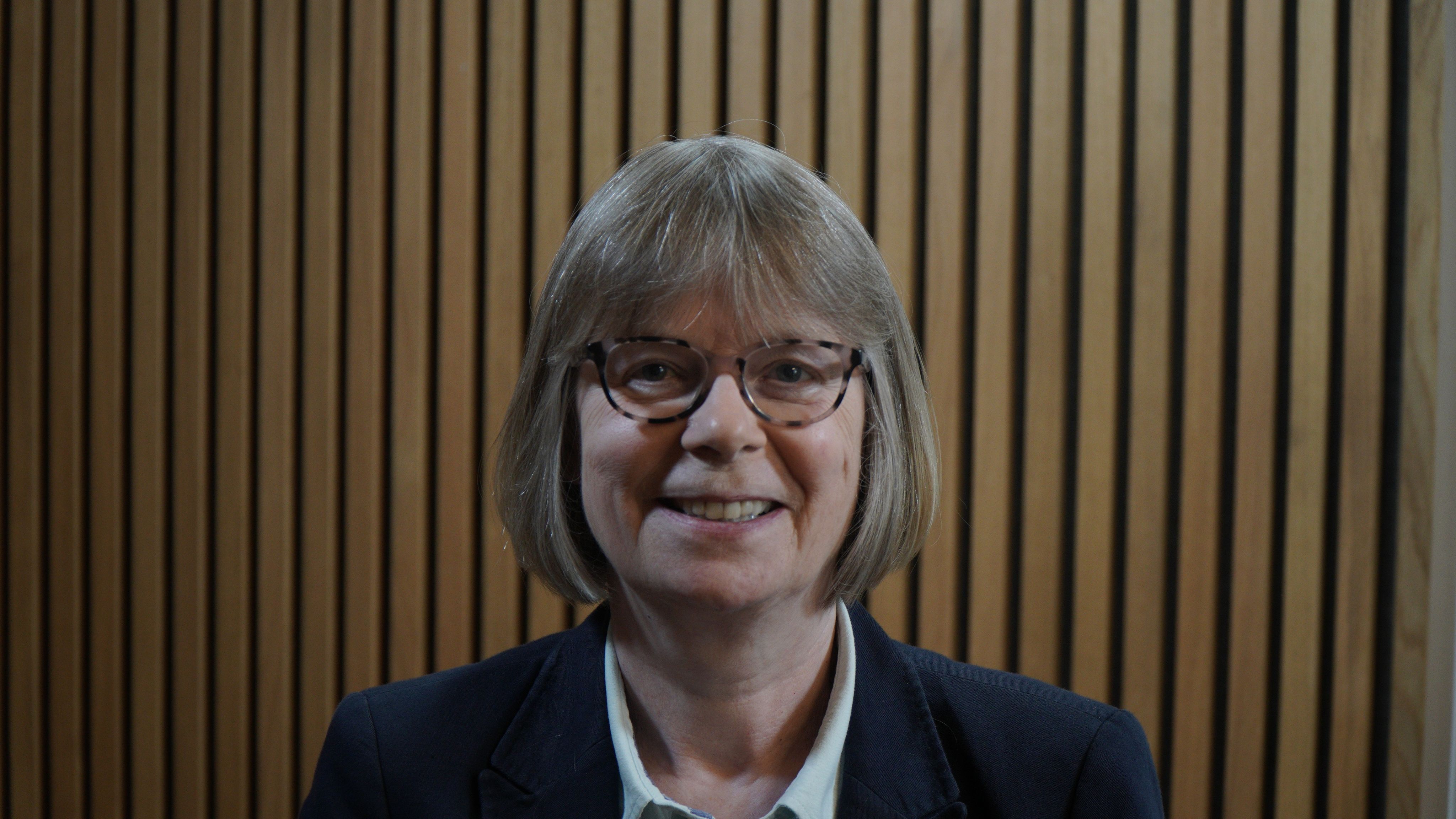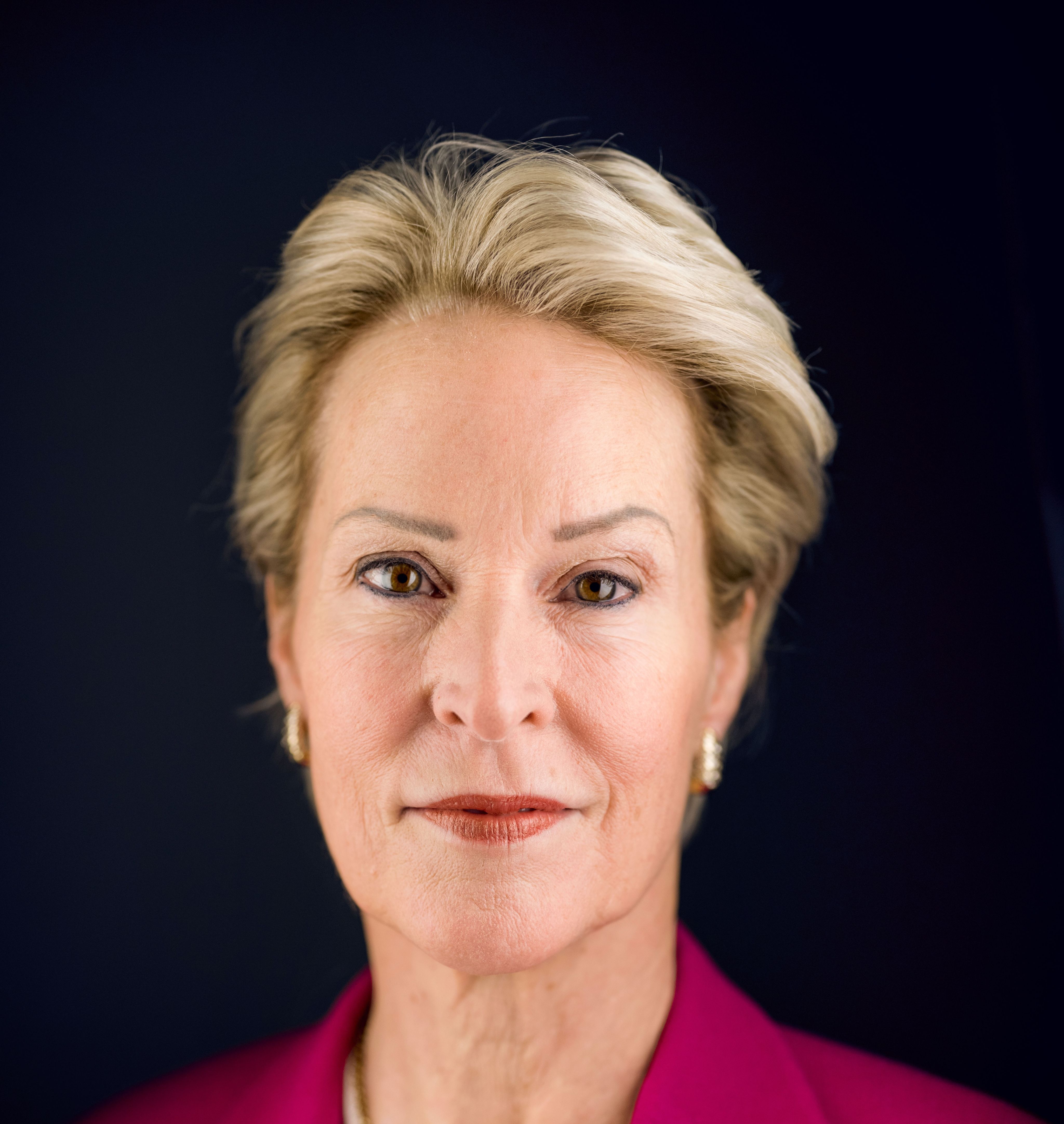Women in science
Celebrating the legacy of female scientists and their role on inspiring today's trailblazers
February 2025


A legacy of women in science
Women have long been at the forefront of scientific discovery, yet their contributions have often been overlooked. Pioneers like Marie Curie, Ada Lovelace, and Dorothy Wrinch laid the groundwork for revolutionary changes in fields such as nuclear science, genetics, and neuroscience. Despite their groundbreaking work, many of these women were sidelined by a world that didn’t expect them to lead scientific progress.
Today, at the Department of Chemical Engineering and Biotechnology (CEB), our female academics proudly stand on the shoulders of these pioneering women.
Their curiosity and drive to solve global challenges in healthcare and sustainability are deeply inspired by the courage and discoveries of the past.
The accurate representation of women in science, though still evolving, plays a key role in inspiring the next generation of scientists to push boundaries and make their own contributions. From medical imaging to biodegradable nanomaterials, our female researchers continue to carry the torch forward, demonstrating how the legacy of early scientific breakthroughs continues to shape today’s cutting-edge solutions to the world’s most pressing challenges.
At CEB, we buck the trend in STEM subjects, with 10 female PIs (Principal Investigators), a third of the total
At CEB, we buck the trend in STEM subjects, with 10 female PIs (Principal Investigators), a third of the total
Breaking barriers
Women have always contributed to scientific discovery, even when faced with immense obstacles. The early pioneers of science laid the groundwork for fields like nuclear science, medical diagnostics, and genetics, although their contributions were often ignored or downplayed.
- Marie Curie made groundbreaking discoveries in radioactivity and radiology, laying the foundation for radiotherapy and medical imaging that continues to save lives today.
- Lise Meitner, whose work on nuclear fission was central to the development of nuclear energy and radiation therapies, was not awarded the Nobel Prize despite receiving 49 nominations in her career!
- Irène Joliot-Curie (daughter of Marie Curie) advanced artificial radioisotopes and worked on radiotherapy and medical imaging, helping revolutionise diagnostic methods.
Professor Dame Lynn Gladden (pictured, below), the first female lecturer at CEB, has been a key figure in furthering their research in magnetic resonance imaging (MRI), significantly contributing to the development of medical imaging technologies. Her work in MRI not only plays a critical role in healthcare but also aligns with the sustainability efforts today, applying medical technologies to net-zero solutions and carbon capture. Her leadership and contributions are a direct extension of the work laid out by these pioneering women.
Their work continues to inspire modern nuclear science, cancer research, and medical imaging, fields in which today’s female researchers are furthering solutions for healthcare challenges.

Biotechnology pioneers
Scientists like Rosalind Franklin, Barbara McClintock, and Ada Yonath laid the foundation for genetic engineering and biotechnology that we now use to advance personalised medicine and gene therapy.
Rosalind Franklin's X-ray diffraction images were pivotal in identifying the DNA structure, leading to the human genome project.
Barbara McClintock's discovery of jumping genes transformed our understanding of genetic inheritance, driving the development of gene therapies and biotechnology solutions.
Ada Yonath's work on ribosome structure revolutionised our understanding of protein synthesis, providing the basis for antibiotics and modern drug development.
Their research laid the foundation for modern gene therapy, genomic research, and biotechnology.
Today, Professor Roísín M. Owens at CEB builds on their legacy by applying biological models to improve health diagnostics and sustainable therapeutics, connecting biotechnology with green chemistry.
The fields of neuroscience and mental health research have been deeply influenced by the work of female scientists, with their discoveries unlocking mysteries about the brain and neurodegenerative diseases.
Dorothy Wrinch and Rita Levi-Montalcini uncovered key proteins and neurotrophic factors that advanced the understanding of Alzheimer's and Parkinson’s.
Jocelyn Bell Burnell discovered pulsars, contributing to the understanding of brain activity, and pushing forward the field of neurology.
Today, Professor Gabriele Kaminski Schierle leads groundbreaking research into protein aggregation and neurodegenerative diseases like Alzheimer’s and Parkinson’s, continuing the work of these early pioneers and shaping the future of mental health diagnostics.
Lung tissue, as seen by PhD student Muhamad
Lung tissue, as seen by PhD student Muhamad
Women have played a pivotal role in developing sustainable energy solutions, from early work in carbon science and green chemistry to the development of biodegradable materials.
Mildred Dresselhaus and Frances Arnold revolutionised carbon science and green chemistry with their work on carbon nanomaterials and enzyme catalysis, respectively.

Frances Arnold. Credit: Nobel Media AB Photo: A. Mahmoud
Frances Arnold. Credit: Nobel Media AB Photo: A. Mahmoud
Today, Professor Laura Torrente Murciano and Dr. Ewa Marek carry this legacy forward by applying catalysis and sustainable energy solutions to optimise industrial processes and support the development of renewable energy systems.
Their research directly impacts Net Zero technologies and climate change solutions, helping shape a sustainable future.
Sabine Bahn. Credit: Cambridge Angels & Phil Mynott
Sabine Bahn. Credit: Cambridge Angels & Phil Mynott
Women have long been at the forefront of advancing our understanding of mental health and neurodegenerative diseases. Rita Levi-Montalcini’s work on nerve growth factor and Marie Maynard Daly’s discoveries in biochemistry paved the way for modern breakthroughs in neuroscience.
Today, Professor Sabine Bahn continues this legacy by developing biomarkers for neuropsychiatric disorders like schizophrenia and bipolar disorder, improving diagnostic tools and personalised treatments.
Her research is revolutionising the way we approach mental health care, helping to build a more precise and effective system of treatment.
Women have also made essential contributions to sustainability, from biomaterials to green chemistry. Mildred Cohn’s work in biochemistry and Rachel Carson’s advocacy for environmental health laid the foundation for modern green technologies.
Today, Dr Sarah Rough carries this legacy forward by researching biomass processing and green materials. Her work in biomass compaction and renewable resources is helping to develop sustainable solutions for energy and industrial processes.
Her innovations are driving Net Zero technologies, contributing to a more sustainable future.
Computational modelling has become a crucial tool in healthcare and medical device design. Women scientists like Ada Lovelace laid the groundwork for computational methods, which continue to drive advancements in biomedical engineering and medical simulations.
Ada Lovelace is often regarded as the world’s first computer scientist, advocating for women’s roles in mathematics and technology, inspiring modern computational modelling in cardiovascular disease treatment and medical devices.
Today, Dr. Shelly Singh-Gryzbon is applying computational modelling to optimise heart valve and stent design, among other research projects aimed at improving patient outcomes in cardiovascular procedures.
The only known image of Ada Lovelace - known as Ada Byron when the image was taken - is this daguerrotype (an early form of photography), by Antoine Claudet in 1843
The only known image of Ada Lovelace - known as Ada Byron when the image was taken - is this daguerrotype (an early form of photography), by Antoine Claudet in 1843
Dr Shelly Singh-Gryzbon. Credit: Clare Hall
Dr Shelly Singh-Gryzbon. Credit: Clare Hall
Women have been advocates for education reform and gender equality in STEM for centuries. Early figures like Philippa Fawcett - CEB is located on Philippa Fawcett Drive - and Ada Lovelace paved the way for women in mathematics, engineering, and computer science, advocating for equal opportunities in education.
Philippa Fawcett was a pioneering force in women’s education, fighting for gender equality and paving the way for women to enter higher education. Ada Lovelace, regarded as the first computer scientist, championed the role of women in technology, encouraging future generations to contribute to computational sciences.
Today, Dr. Joanna Stasiak continues this legacy by leading engineering education at CEB, helping train the next generation of innovative engineers and advocates for women in STEM. Dr. Stasiak, as Director of Teaching, continues the fight for gender equality in engineering education, inspiring the next generation of innovators to push the boundaries of healthcare engineering.
Professor Ljiljana Fruk working with her team
Professor Ljiljana Fruk working with her team
Bionanoengineering for healthcare and sustainability
The marriage of biomaterials, nanotechnology, and sustainability has opened new doors in healthcare and environmental solutions.
Early women scientists like Mary Engle Pennington, Rachel Carson, and Margaret Rousseau laid the groundwork for biodegradable materials and sustainable technologies.
Rachel Carson’s Silent Spring brought attention to the environmental impact of human activities and helped catalyse the sustainability movement. While Margaret Rousseau revolutionised fermentation technology, paving the way for sustainable biomedical products and healthcare materials.
Today, Professor Ljiljana Fruk continues their work, advancing bionanoengineering for medical diagnostics and sustainable technologies, including biodegradable nanomaterials and nano-drug delivery systems.
The contributions of women scientists have shaped the course of scientific discovery, and their influence continues to resonate today. The pioneering women who came before us broke barriers, overcame obstacles, and laid the foundation for the work that is still advancing in healthcare, sustainability, and technology.
At CEB, we stand proud of the female scientists driving progress today, whose curiosity is inspired by those who came before them. The work of current female researchers in medical imaging, biodegradable materials, and sustainable technologies builds on these legacies, demonstrating how representation in science continues to fuel global change.
As we look to the future, we remain committed to advancing the work of women in science, supporting their discoveries, and ensuring that their contributions continue to shape the world of tomorrow.








